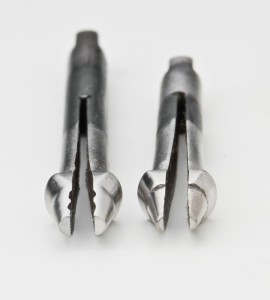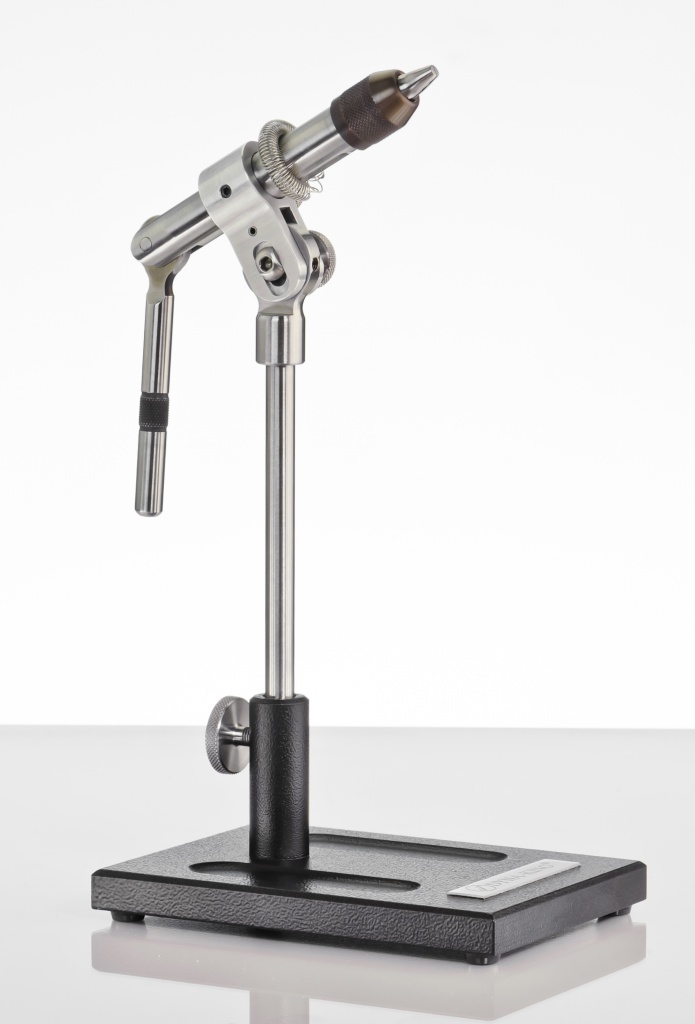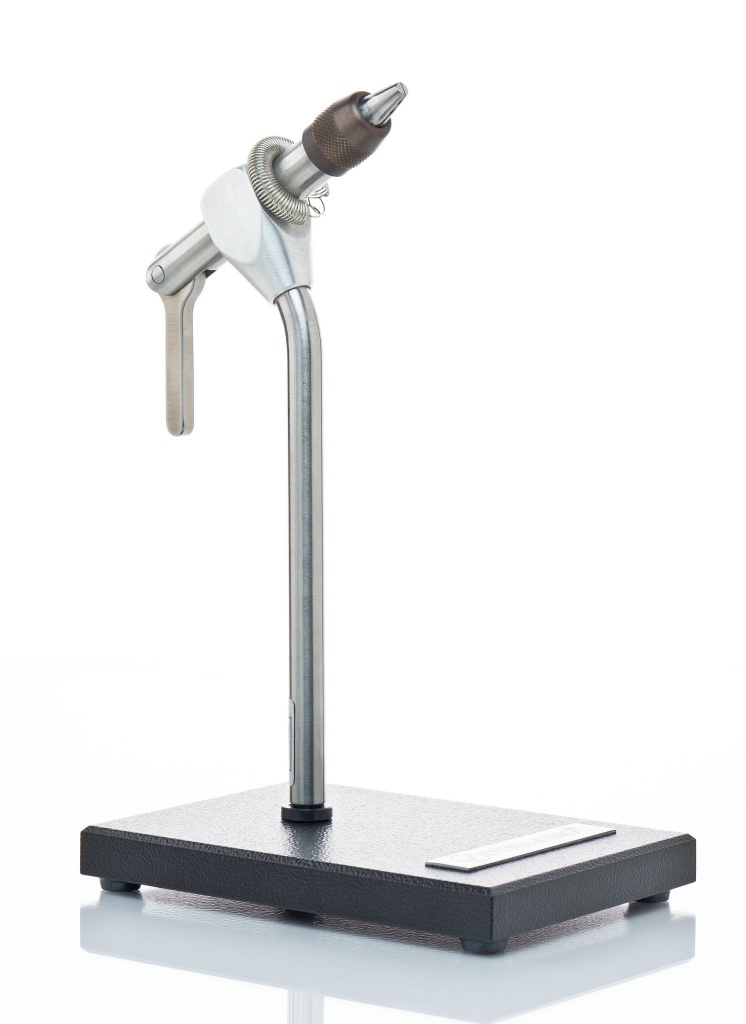Looking at fly tying vises for saltwater flies, but not sure where to start?
Don’t worry, you’re not the only one with these questions. Let me start by saying that there countless fly tying vises on the market today, each offering a wide range of options and features. Choosing a vise that fits your budget and needs is difficult, especially if you new to the craft, or haven’t had the chance to try before you buy. That being said…When it comes to choosing a fly tying vises, you absolutely get what you pay for, so if you can stretch your budget this is where you want to do it. Simply put, whether you are tying flies for saltwater or freshwater species, a vise that can not hold the hook is useless no matter how much it cost.
Over the past few of decades I have acquired quite an eclectic collection of fly tying vises ranging in everything from manufacturer, shape, size and color. I have had the opportunity to tie on a wide variety of fly tying vises, and I have come to realize that you get what you pay for, and before you buy you better do your homework.

One of the most touted differentiators amongst top-notch vise manufacturers is the size range of hook that their vises jaws can grasp effectively. “Effectively” being the objective word here… In my 30 years of experience, only a select few live up to these haughty claims. For me, a vise with a huge size range is far less important than one that can effectively handle my average hook size range. If saltwater is your game, your probably wont be tying on anything smaller than a size 6 or hook. The lion’s share of flies I tie for saltwater species fall in the 4-2/0 ranges, and with the exception of bonefish flies or the occasional bazar custom order, that range do not vary too much. Unfortunately this range seems to be right on the cusp of were most vises that “claim” to handle saltwater hooks seem to lose their grip and until recently the frequent hook shimmy or wrap unraveling hook slip seems to be inevitable. If your focus is cranking out larger saltwater flies constructed on heavy wire hooks, then you would be better served buying a piece of equipment that “Truly” can handle the larger hook spectrum.
That being said, I can honesty say with out hesitation that Dyan-King makes the highest quality vise on the market today. Various sized groves in the jaws allows all Dyna King fly tying vises to clamp down on even behemoth saltwater hooks like a junkyard dog on a ham bone. The widest grove at the back of the jaw works best for larger ought size hooks, while the next smaller grove is better suited for securing the lower end of the saltwater hook range.
My Choice is the Dyna-King Professional Vise
There are lots of models to choose from, but my favorites are the Professional and the King Fish.
I would recommend the King Fisher for fly tying beginners or tyers with a tighter budget. It’s the most affordable high quality vise found anywhere, and it has the same hook holding capability as the Barracuda. This vise is extremely light weigh, so it’s a fantastic travel vise for destination trips.
The Dyna-King Professional is the vise I tie on, and I can’t recommend it enough. There is nothing dainty about this fly tying machine, it is a beast! No vise I have ever tied on even comes close. If you want the best of the best, this is the vise for you.
Both vises are available in either clamp or pedestal base.


